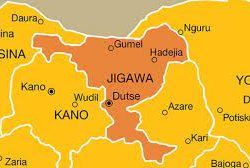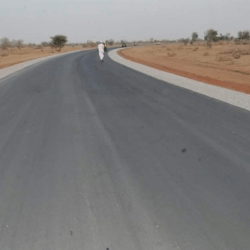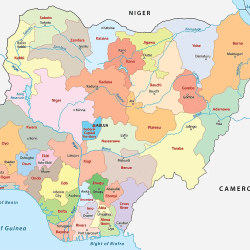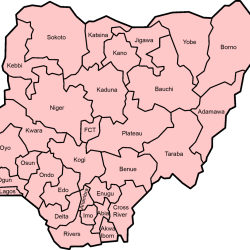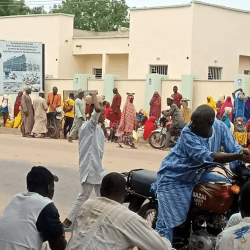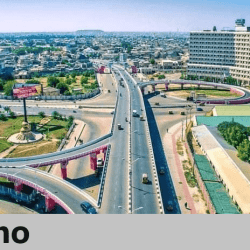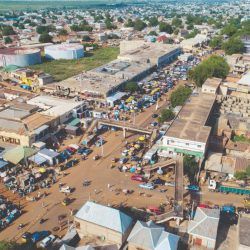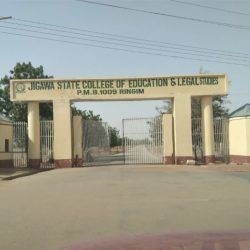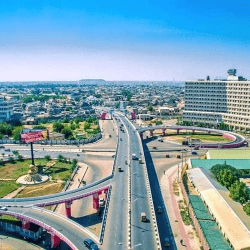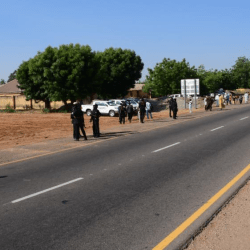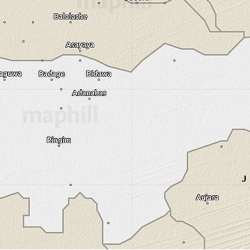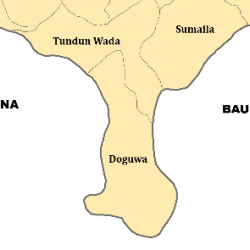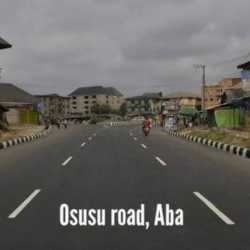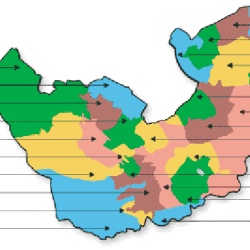Jigawa State, established in August 1991 from the former Kano State, is among Nigeria’s 36 states. It lies in the northwestern part of the country and is characterized by a unique mix of cultural heritage, agricultural potential, and environmental diversity. With an international border adjoining the Republic of Niger, Jigawa has developed into a hub of cross-border trade and economic opportunity. This article provides a comprehensive look at the state’s geography, demography, climate, governance, and socio-economic fabric.
> List of Council Wards, Local Government Areas (LGAs) and States in Nigeria
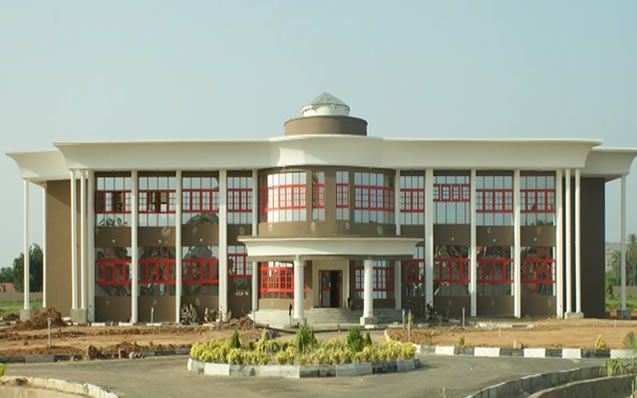
The State is situated between latitudes 11.00° N to 13.00° N and longitudes 8.00° E to 10.15° E. It borders Kano and Katsina to the west, Bauchi to the east, and Yobe to the northeast, with a northern boundary adjoining the Republic of Niger. This strategic location offers Jigawa significant trade prospects, especially through the Maigatari Free Trade Zone established along its border with Niger.
List of Jigawa Local Government Areas and headquarters:
- Auyo
Auyo - Birniwa
Birniwa - Babura
Babura - Buji
Buji - Birnin Kudu
Birnin Kudu - Dutse
Dutse - Gumel
Gumel - Gwaram
Gwaram - Gwiwa
Gwiwa - Gagarawa
Gagarawa - Guri
Guri - Garki
Garki - Hadejia
Hadejia - Jahun
Jahun - Kiri Kasamma
Kiri Kasamma - Kafin Hausa
Kafin Hausa - Kazaure
Kazaure - Kiyawa
Kiyawa - Kaugama
Kaugama - Malam Madiri
Malam Madiri - Miga
Miga - Maigatari
Maigatari - Roni
Roni - Ringim
Ringim - Sule Tankarkar
Sule Tankarkar - Taura
Taura - Yankwashi
Yankwashi
Local Government and Administrative Divisions
The state’s 27 Local Government Areas are further divided into various administrative zones. These councils facilitate governance at the grassroots level, ensuring that development projects and social services reach even the most remote parts of the state. The councils work closely with state ministries to implement policies tailored to each locality’s needs.
Government Structure
Jigawa operates under a democratic government system, with elected officials at both state and local levels. The state’s unicameral legislature consists of 30 members representing each constituency. A State Executive, headed by the governor, administers policies and oversees development programs, while an independent judiciary ensures justice and law enforcement.
